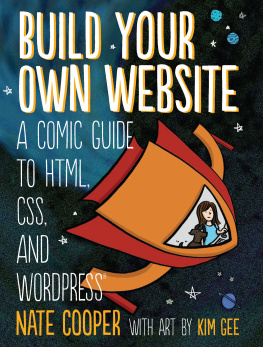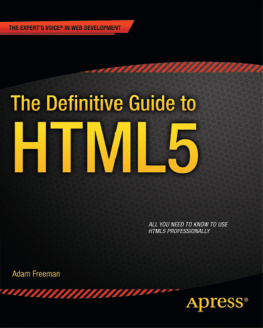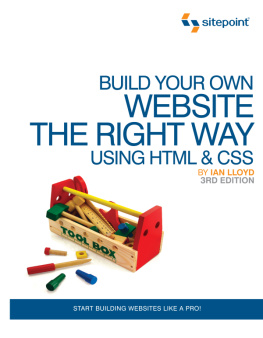Chapter 1. Setting Up Your Web Space
The Web is an increasingly complex place, yet its never been simpler to create your own place in it. Lets begin by staking a claim for your own web address and posting your very first web page.
Getting a Domain
Your own website establishes a unique online identity untainted by the branding of popular social media tools. No matter the other options for maintaining a space online, including having a Facebook page or a Twitter or Google+ account, nothing represents you, your cause, or your organization better than having your own website. Best of all, it doesnt have to cost a lot of money, and you dont have to be technical or hire professionals to get your site online.
The place to start when creating your website is determining your web address, your URL, as it is commonly known. URL stands for uniform resource locator, and is your websites address. The URL is what you type into the address bar in your browser when you want to go to a specific web page, and its what you use in a link when linking to a story or resource.
The primary component of the URL is the domain name. Googles domain name is google.com, the Humane Society of the United States is humanesociety.org, and the White House uses whitehouse.gov. All three are similar in that all three start with a descriptive or identifying namegoogle, humanesociety, and whitehousefollowed by an abbreviation, .com, .org, and .gov, respectively. The first part of the domain is the name you pick that best describes your site, followed by a top-level domain or TLD, describing the type of website represented by the domain. Combined, both form a unique address that represents your web space.
Before getting into the details about how to find and register your unique domain name, well first take a closer look at the TLD, so you can determine which is most appropriate for your site.
The Top-Level Domain
The TLD provides some information about your website, though the semantics behind the more common ones has weakened over the years. For instance, the most frequently used TLD is .com, originally intended for commercial uses. However, it has become the de facto, all purpose catchall for domains, used for anything from companies (oreilly.com) to food weblogs (browneyedbaker.com). Because of such common usage, anyone can use the .com TLD.
Most of the TLDs are available to anyone for any use, while others are restricted. The .gov TLD is restricted to government use only, as is the .edu (education only), and .mil (for the military). Other TLDs are open for general-purpose use, but your website must meet certain criteria. These are typically geographically associated domains, such as .us for US websites, or .co.uk for sites in the UK.
There are many generic top-level domains, or gTLDs, available to anyone, including .info, .me, .rocks, and even .tv, though the costs for each varysometimes considerably. The list of TLDs you can use is long and growing longer by the month:
- .com: General-purpose domain, most commonly used
- .net: Originally intended for networks, but also used generally
- .org: Typically nonprofit organizations, but now used generally
- .info: General information
- .club: As in "coffee.club"
- .me: Assigned to the Republic of Montenegro, but access open to all
- .photography: Self-explanatory
- .rocks: For the rock star in all of us
- .guru: For the self-help experts among us
- .website: For those who like redundancy
- .io: Indian Ocean, but popular among technology websites
- .cm: More open alternative to .com
- .co: Another open alternative to .com
There are now enough openly available TLDs that you should have no difficulty in obtaining an interesting and uniquely you domain.
Sorry, cats Is Out
You can choose your favorite name and create a unique domain, unless the name you want is very common, such as cats. There are no open domains for cats, dogs, money, and so on.
Registering Your Domain
Once you have an idea of the domain you want, the next steps are to check whether its available, and if it is, to register it. Domain name registration ensures that the domain name is yours to use.
You can register a domain name two different ways. The first is to register it through the company youll use to host your website. The second is to use a name registrar. This is a company that primarily provides name registration services, though many registrars also provide hosting services.
The advantage to registering with your host company is that most provide free domain registration services for a single domain, as long as you remain with the company. And you dont have to fuss with the mechanics of associating the domain with the actual website.
The advantage to using a name registrar is that it is simpler to transfer a domain if you decide to move your site to a different hosting company. Reputable hosting companies providing free domain services also provide a procedure to move your domain if you cancel your hosting contract. But youll usually have to pay a registration fee thats higher than if you registered the name with a name registrar.
Name registrars also provide more options for maintaining your domain(s), including the ability to park the domain until youre ready to host it somewhere. A parked domain is one thats held for you at the registrar. Its a way of reserving your domain until youre ready to launch your website.

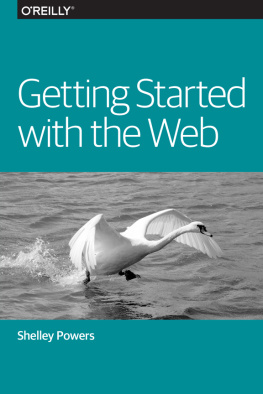
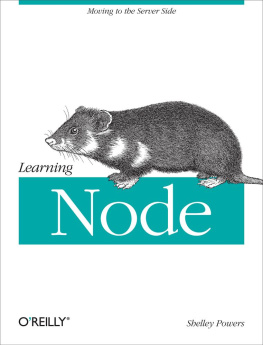

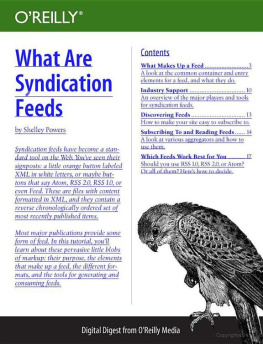

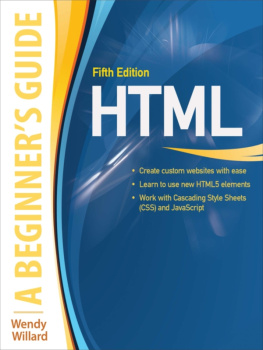
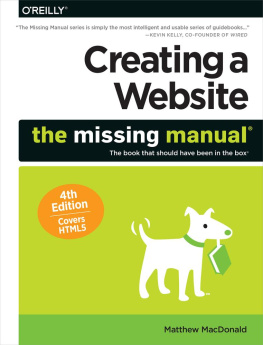
![Julie C. Meloni [Julie C. Meloni] - HTML and CSS in 24 Hours, Sams Teach Yourself (Updated for HTML5 and CSS3) (9th Edition) (Sams Teach Yourself in 24 Hours)](/uploads/posts/book/119155/thumbs/julie-c-meloni-julie-c-meloni-html-and-css-in.jpg)
